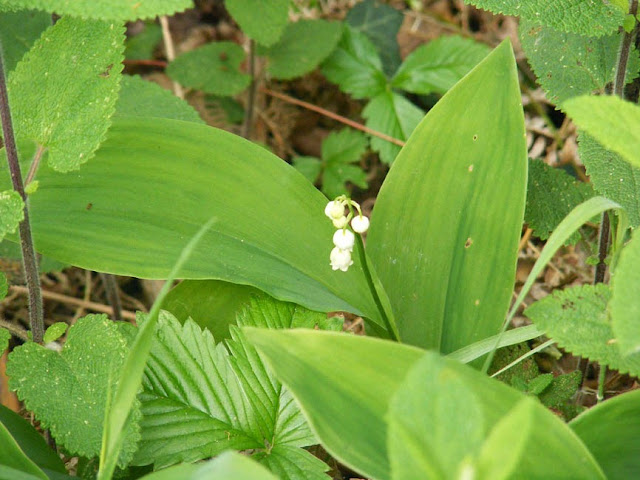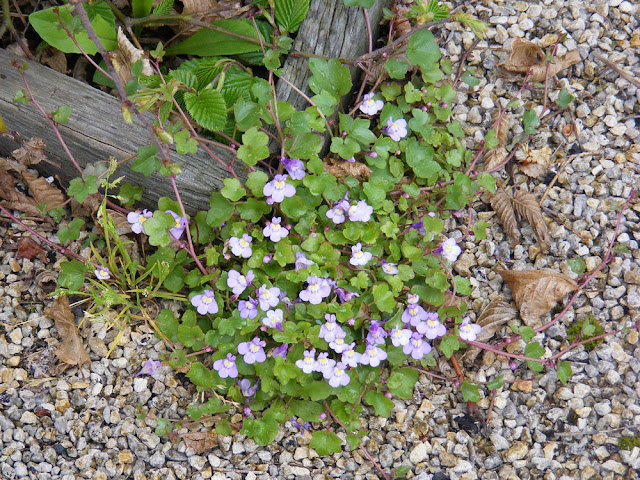Part I is here.
Narrow-leafed Helleborine Cephalanthera longifolia (Fr. Céphalanthère à longues feuilles).
Purple Gromwell Lithospermum purpureocaeruleum (Fr. le Grémil pourpre-bleu).
Yellow Archangel Lamium galeobdolon (Fr. Lamier jaune).
Wood Anemone Anemone nemorosa (Fr. Anémone des bois).
Lily-of-the-valley Convallaria majalis (Fr. Muguet).
Violet Limodore Limodorum abortivum (Fr. Limodore à feuilles avortées).
Ivy-leaved Toadflax Cymbalaria muralis (Fr. Cymbalaire).
Rue-leafed Saxifrage Saxifraga tridactylites (Fr. Perce-pierre).
************************************************
For details of our private guided tours of chateaux, gardens, wineries, markets and more please visit the Loire Valley Time Travel website. We would be delighted to design a tour for you.
We are also on Instagram, so check us out to see a regularly updated selection of our very best photos.
We are also on Instagram, so check us out to see a regularly updated selection of our very best photos.









12 comments:
We always enjoyed our walks around Saint-Epain, it is a very nice area. interestingly I remember there being an abundance of flowers. We will have many pictures - Its just finding them!!
Cymbalaria muralis, better known in France as Ruine-de-Rome. Note the hyphen on each side of de.
I'm a big fan of ivy-leaved Toadflax (aka Kenilworth Ivy) and went to great lengths to cultivate it when living in California. Wonderful in hanging baskets.
I generally use the vernacular name recommended on Tela Botanica. Ruine-de-Rome is listed as a secondary or regional name.
Having a database for the photos helps a lot, but it took Simon a long time to find one that was suitable, and he's dreading having to switch to Windows 10 because the two are not compatible.
Another plant that Americans have a different vernacular name for. I've only recently discovered that many Americans call the deciduous species of magnolia 'Tulip Trees', which to me is something else entirely.
Susan, which Tulip tree are you refering to? It seems there are at least two trees going by that name: Liriodendron tulipifera and Magnolia soulangeana. Both are everywhere in Arlington.
Here is what I found about Soulangeana:
One thing to note is that although this tree is sometimes referred to as a tulip tree, there is another tree called by the same common name. To avoid confusion, it’s best to refer to the saucer magnolia by that name. The true tulip tree is Liriodendron tulipifera and is a much larger tree that has tulip-shaped leaves with big yellow blossoms. Also, there is yet another type of magnolia that is in the magnolia genus that is an evergreen tree that has glossy leaves, white flowers and red cones.
Another interesting post. I planted Lily of the valley earlier this year and nothing is growing!! Have a good day, Diane
Tulip trees to me are Liriodendron. A number of Americans I have encountered recently refered to the deciduous magnolias that were flowering here in April as Tulip trees. The magnolias in question may or may not have been M. soulangeana -- there are so many species and varieties of deciduous magnolia it's hard to keep track.
Lily of the Valley seems to love its conditions and spread obligingly, or it hates it and does nothing at all. Nothing in between.
Pour la petite histoire, le créateur de l'hybride Magnolia x soulangeana, Étienne Soulange-Bodin, était le grand-père d'un ami d'enfance de mon père!
Three degrees of separation...
Post a Comment